Share your love
How To Install and Configure Joomla on AlmaLinux 8
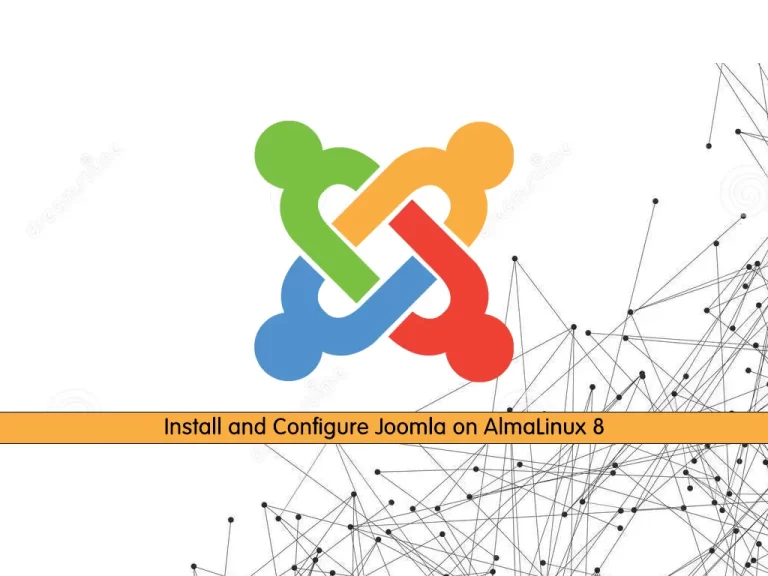
In this article, we want to teach you How To Install and Configure Joomla on AlmaLinux 8.
Joomla is an open-source content management system used for creating Web content. It is written in PHP and makes use of a MySQL database for storing data and uses object-oriented programming techniques. It is one of the most popular content management systems owing to its features such as page caching, multi-language support, plugins, and extensions.
How To Install and Configure Joomla on AlmaLinux 8
Before you start to install Joomla on AlmaLinux 8, you need some requirements first.
Requirements
First, you need to log in to your server as a non-root user with sudo privileges and set up a basic firewall. To do this, you can follow our article the Initial Server Setup with AlmaLinux 8.
Then, you need to have the LAMP stack installed on your server. To do this, you can follow our article How To Install LAMP Stack on AlmaLinux 8.
When you are done with these requirements, you can follow the steps below to complete this guide.
Install PHP Modules on AlmaLinux 8
At this point, we assumed that you have the LAMP stack installed on your server. Now you need to install some additional PHP modules on AlmaLinux 8 with the following command:
sudo dnf install php-curl php-xml php-zip php-mysqlnd php-intl php-gd php-json php-ldap php-mbstring php-opcache
Then, you need to make some configuration changes to the php.ini file.
Open the file with your favorite text editor, here we use vi:
sudo vi /etc/php.ini
Find the lines below and set them to the values as shown below:
memory_limit = 256M output_buffering = Off max_execution_time = 300 date.timezone = America/New_York
When you are done, save and close the time.
Note: Remember to set a timezone of your own.
Create a Joomla Database on AlmaLinux 8
At this point, you need to create a database for your Joomla. First, log in to your MariaDB shell with the following command:
sudo mysql -u root -p
Then, from your MariaDB shell run the command below to create the database, here we named it joomla_db:
MariaDB [(none)]> CREATE DATABASE joomla_db;Next, use the command below to create a Joomla user and grant all privileges to it on AlmaLinux 8, here we named it joomla_user and set a strong password for it:
MariaDB [(none)]> GRANT ALL PRIVILEGES ON joomla_db.* TO 'joomla_user'@'localhost' IDENTIFIED BY 'password';
Flush the privileges and exit from your MariaDB shell:
MariaDB [(none)]> FLUSH PRIVILEGES; MariaDB [(none)]> EXIT;
Set up Joomla on AlmaLinux 8
Now you can start to install Joomla on your server. First, visit the Joomla Downloads Page and get the Full zip package of the latest version of Joomla.
wget https://downloads.joomla.org/cms/joomla4/4-1-2/Joomla_4-1-2-Stable-Full_Package.zip?format=zip
When your download is completed, unzip your downloaded file with the command below:
sudo unzip Joomla_4-1-2-Stable-Full_Package.zip?format=zip -d /var/www/html/joomla
Then, set the correct permissions and ownership to your Joomla directory:
sudo chown -R apache:apache /var/www/html/joomla/
sudo chmod -R 775 /var/www/html/joomla/
Next, you need to configure Apache virtual host file for Joomla on AlmaLinux 8.
Create a virtual host file for Joomla, and for that, you need to configure a virtual host file as shown:
sudo vi /etc/httpd/conf.d/joomla.conf
Add the following contents to the file:
use the server’s Fully Qualified Domain Name (FQDN) or public IP.
<VirtualHost *:80> ServerAdmin admin@example.com DocumentRoot "/var/www/html/joomla" ServerName example.com ErrorLog "/var/log/httpd/example.com-error_log" CustomLog "/var/log/httpd/example.com-access_log" combined <Directory "/var/www/html/joomla"> DirectoryIndex index.html index.php Options FollowSymLinks AllowOverride All Require all granted </Directory> </VirtualHost>
When you are done, save and close the file.
To apply the changes, restart Apache:
sudo systemctl restart httpd
Now if you don’t allow the HTTP and HTTPS through the firewall, use the following commands:
sudo firewall-cmd --add-service=http --zone=public --permanent
sudo firewall-cmd --add-service=https --zone=public --permanent
sudo firewall-cmd --reload
Access Joomla Web Interface
At this point, you can continue your Joomla installation on AlmaLinux 8 from the Web interface. Enter your server’s IP address or domain name in your web browser:
http://server-ip or domain.com
You will see your Joomla installer. Select your desired language and enter your Joomla site name and click Set up login data.
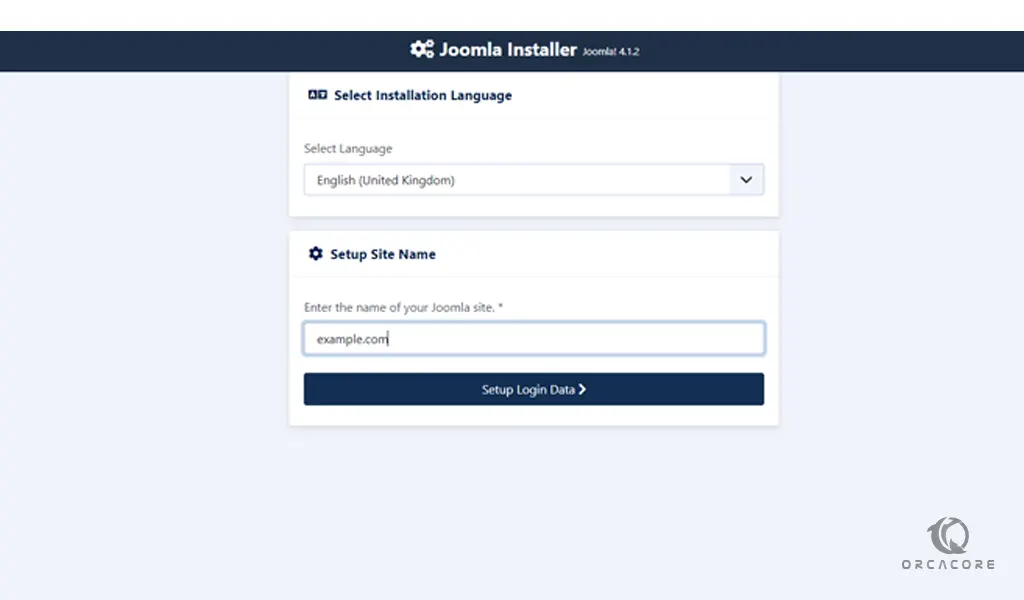
Next, you need to enter your login data and click Setup database connection.
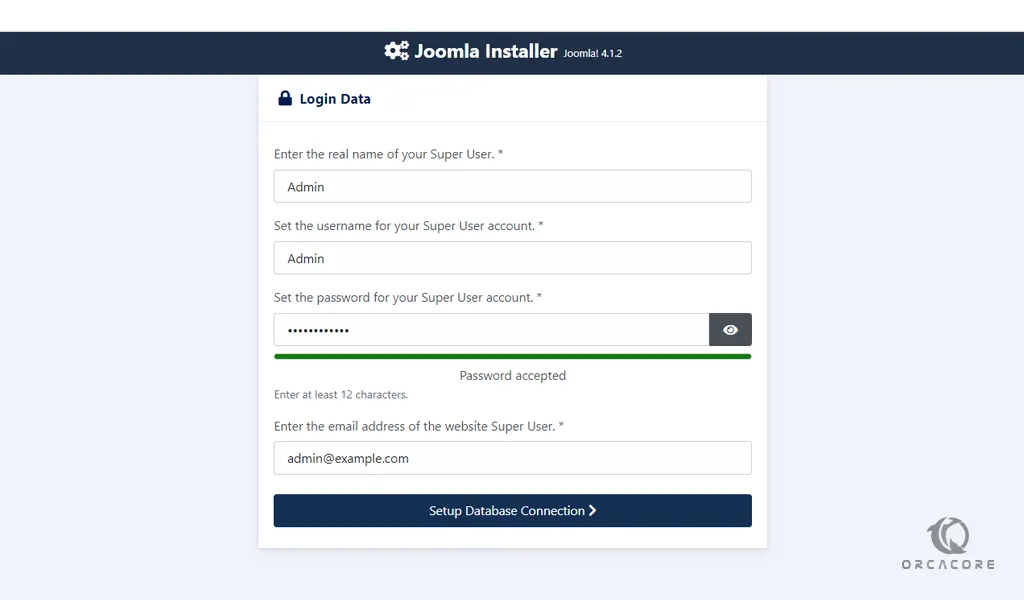
Next, enter the database credentials that you have provided before on AlmaLinux 8 and click Install Joomla.
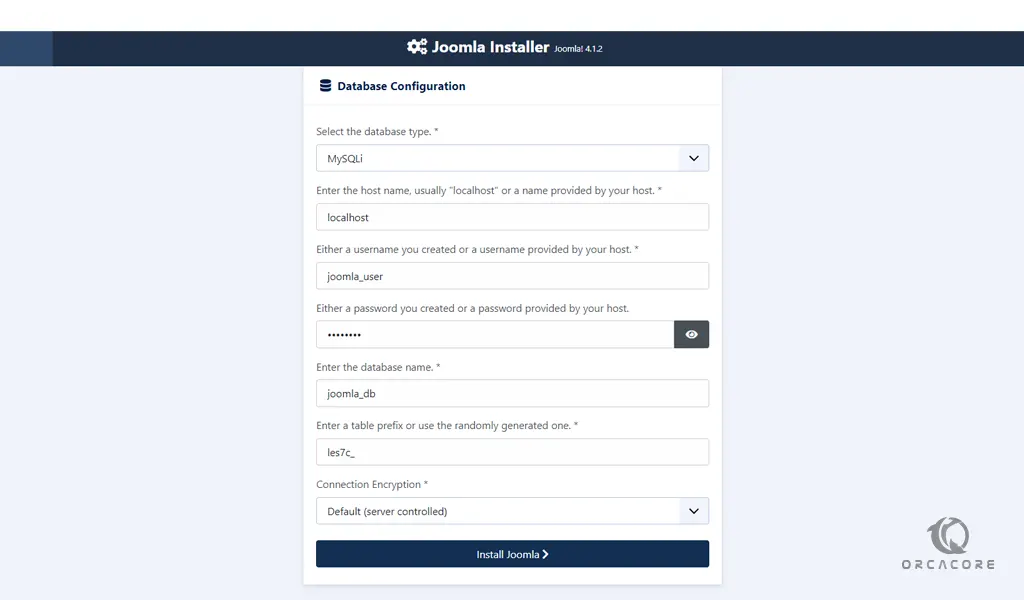
When your installation is completed, you will see the following screen. Click Open Administrator.
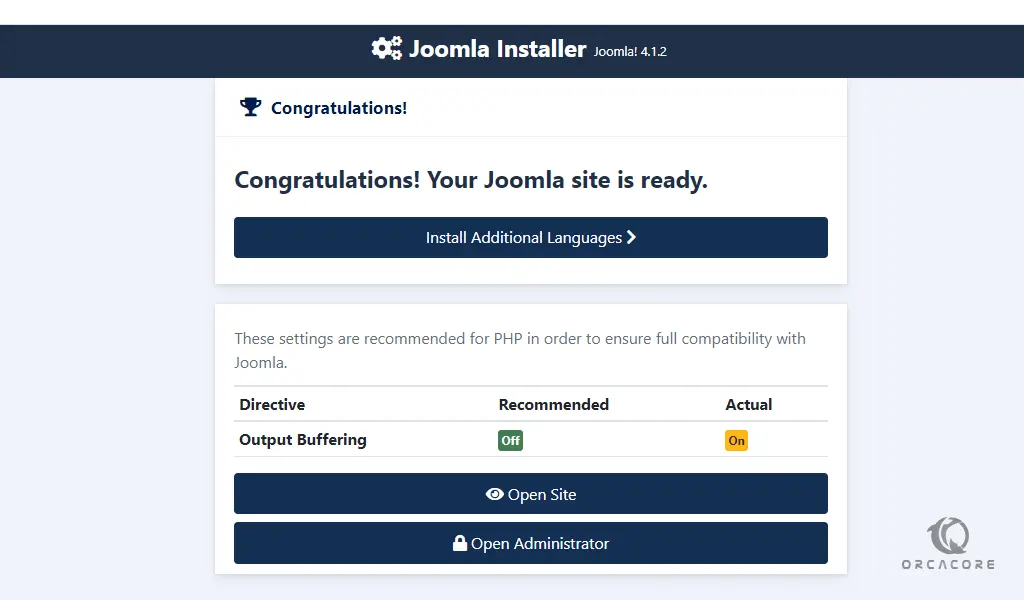
Then, enter your Joomla super username and password and click Login.
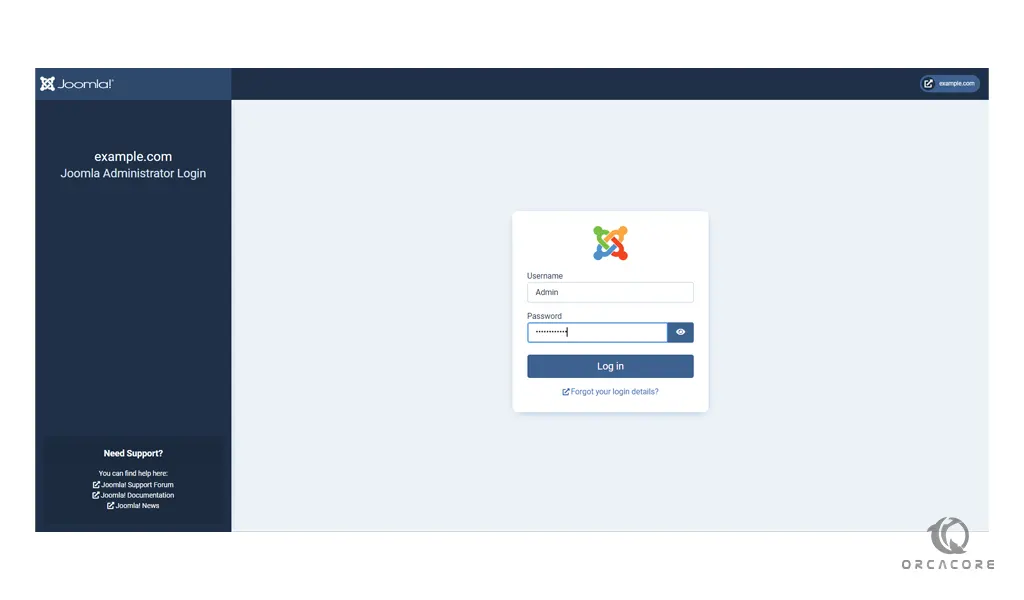
At this point, you will see your Joomla dashboard.
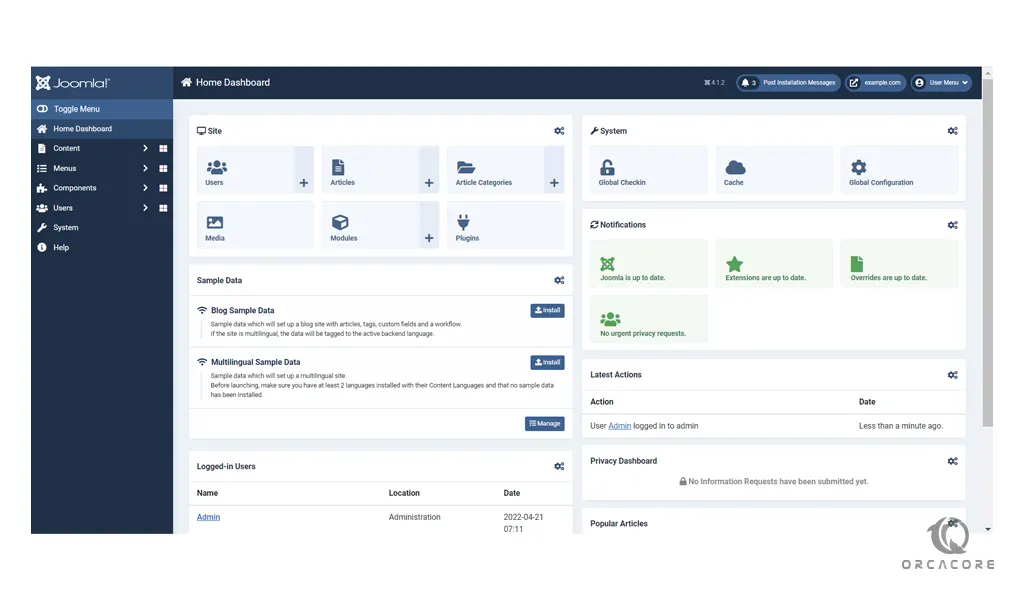
From here, you can create and customize your blog or website using various themes and plugins to your preference.
Conclusion
At this point, you learn to Install and Configure Joomla on AlmaLinux 8.
Hope you enjoy it.



